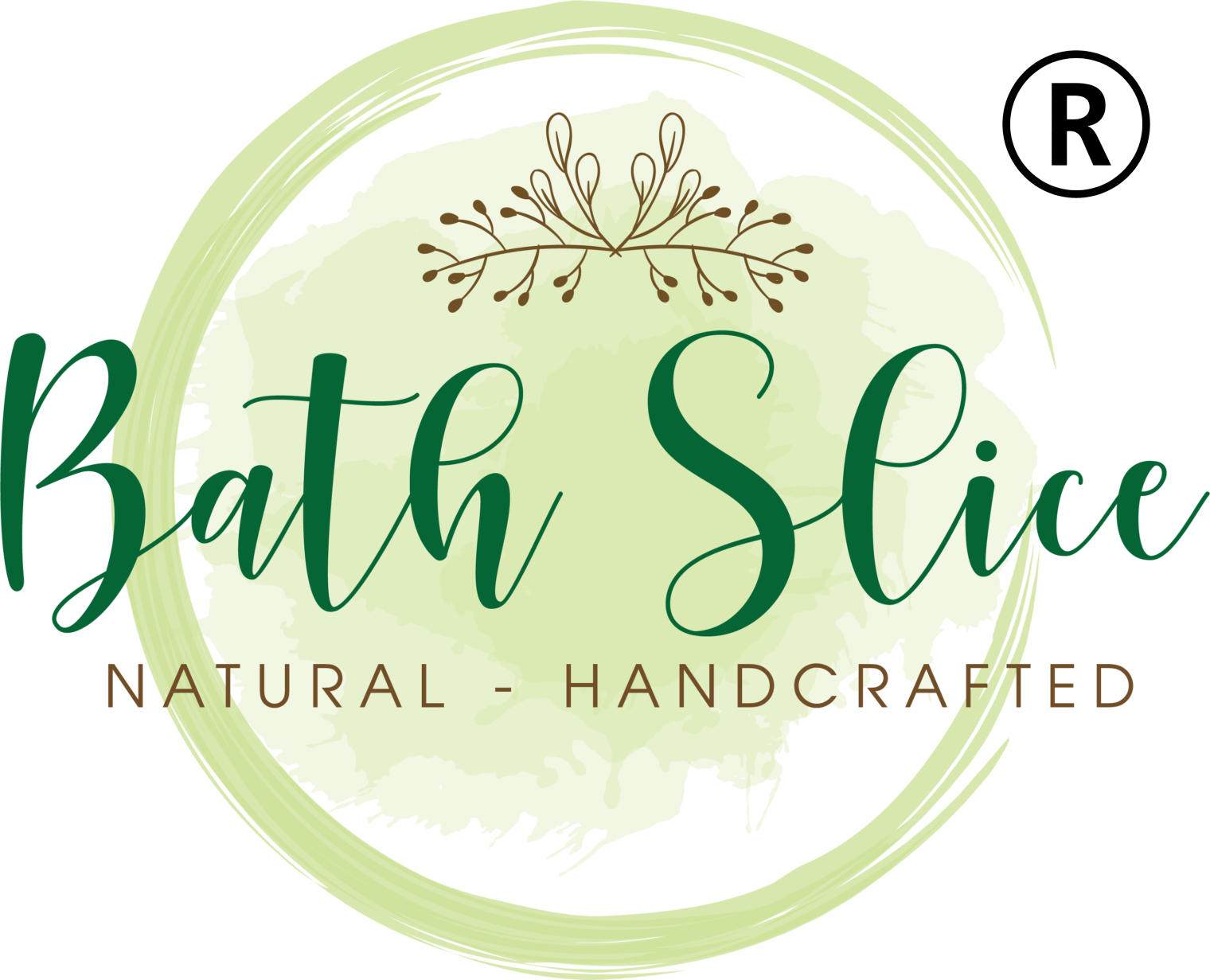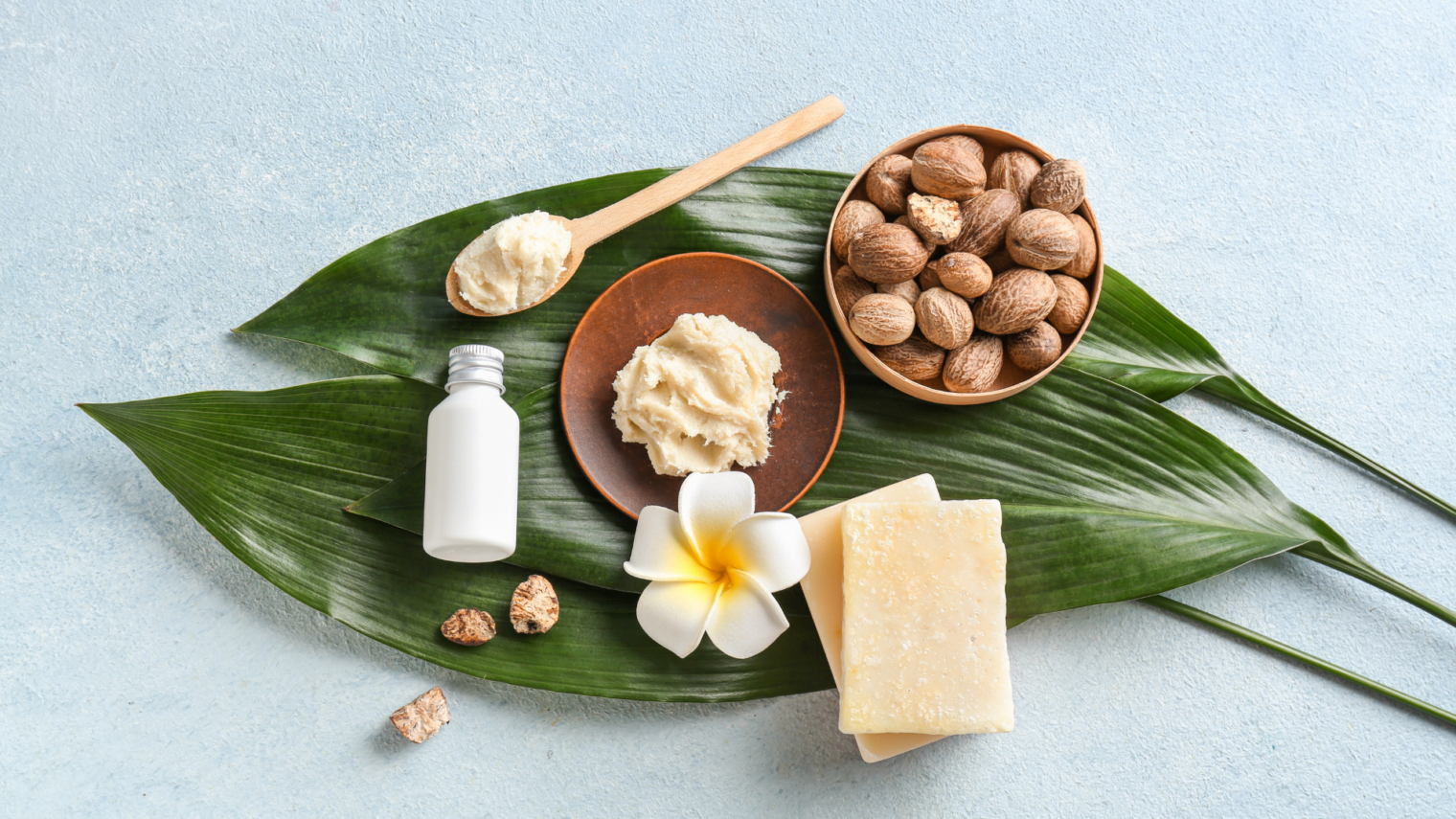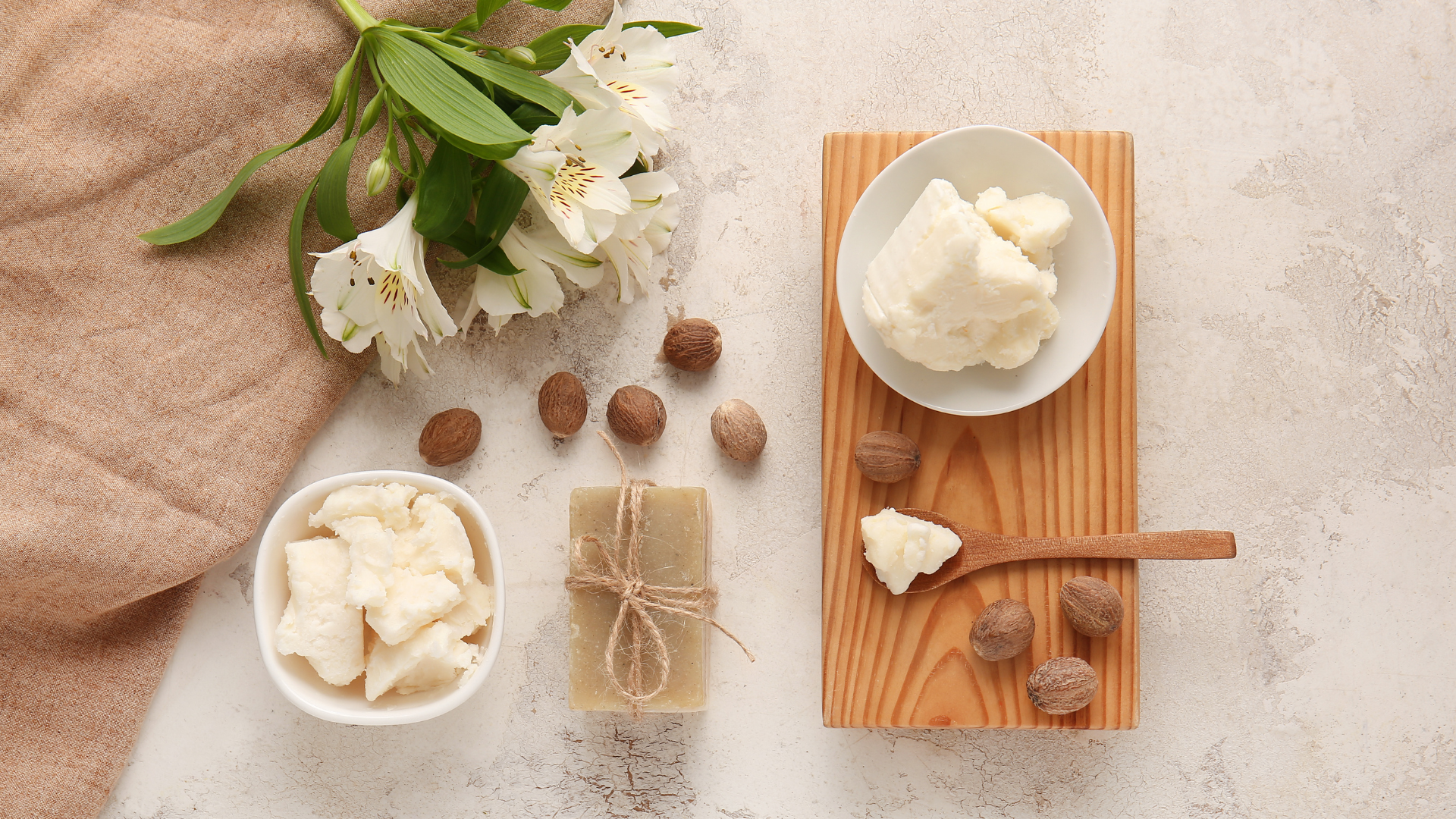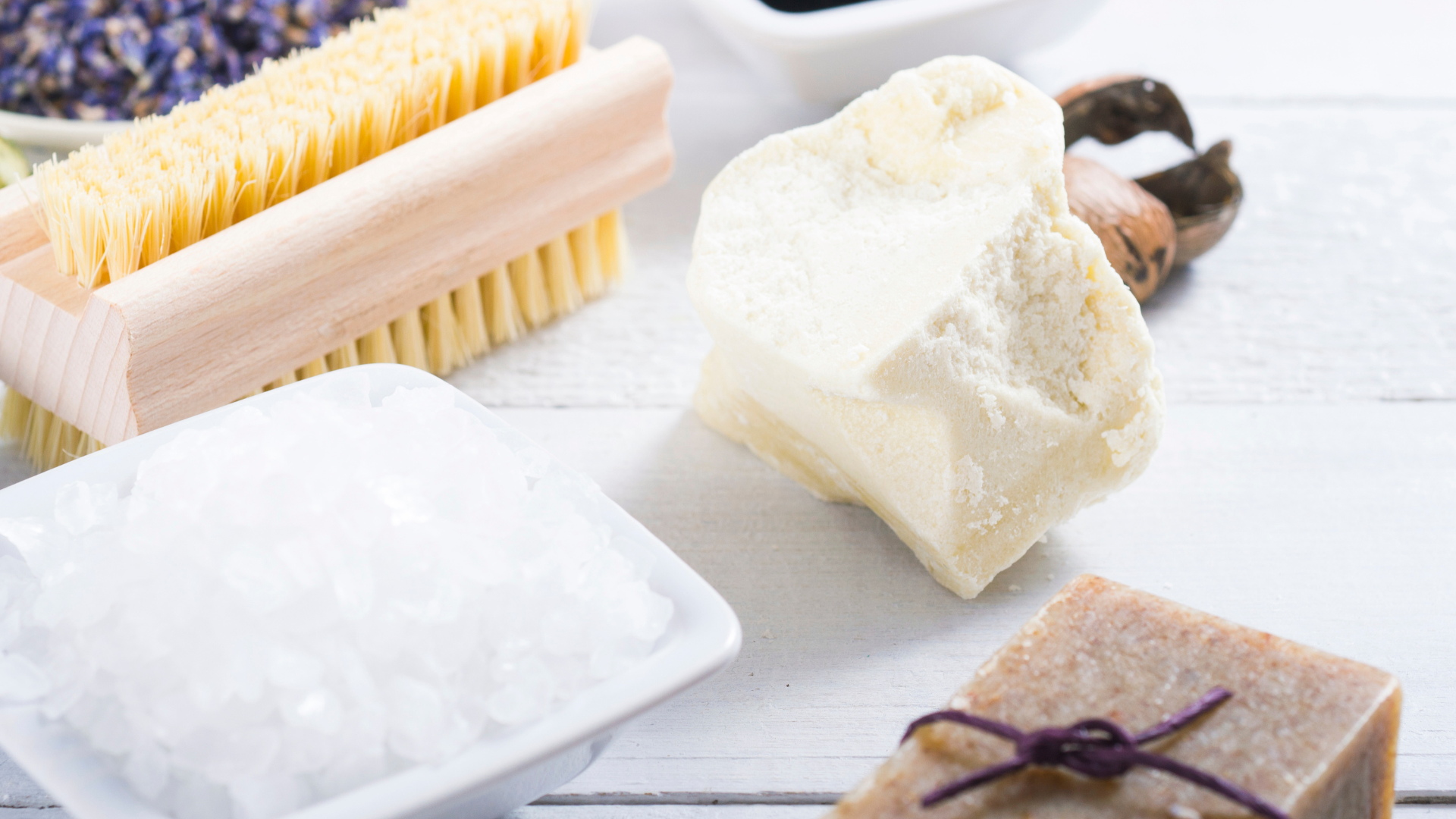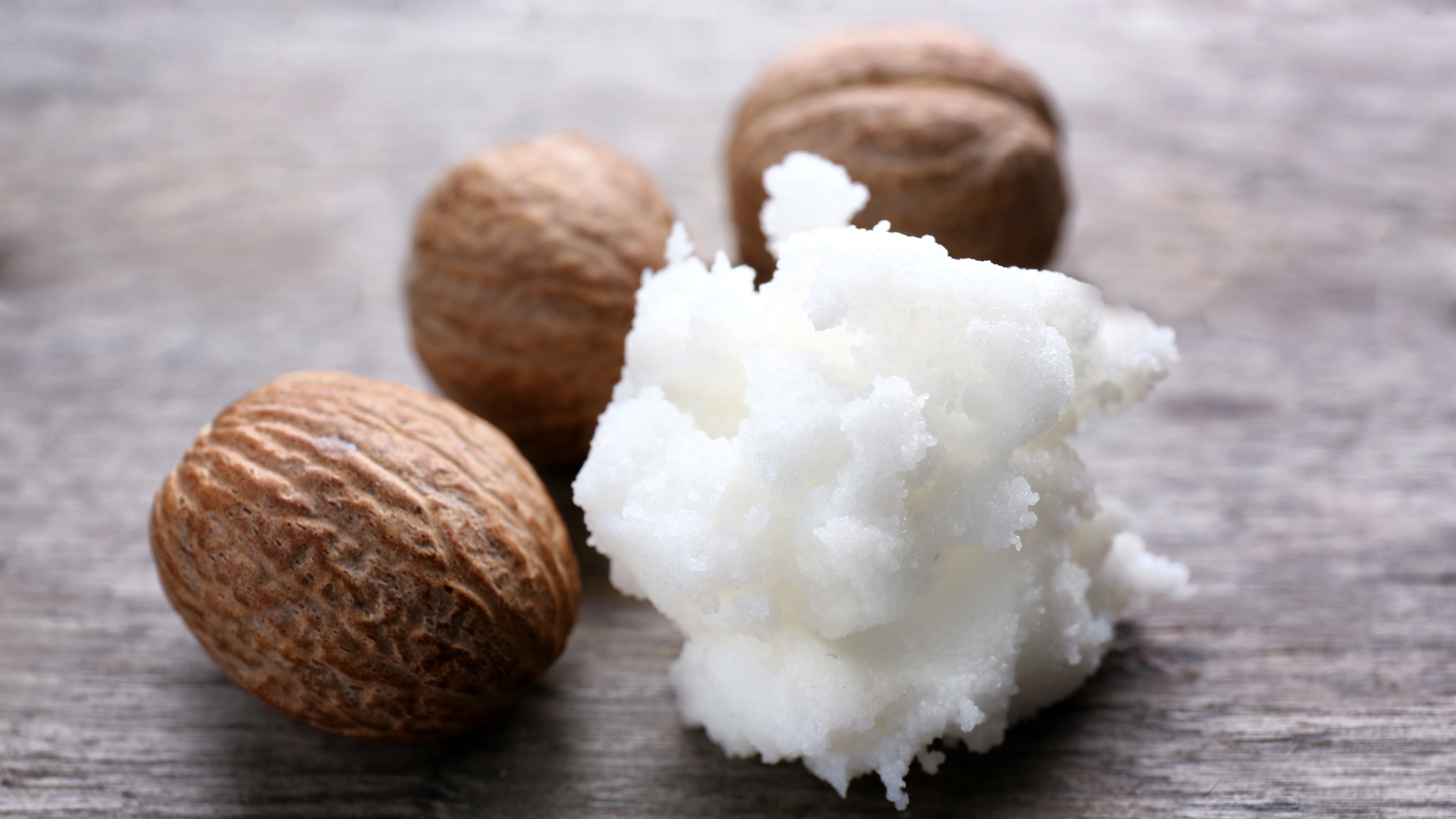The Magic of Shea Butter Soap for All Skin Types
In a world overflowing with synthetic beauty products making grand promises, there’s something profoundly reassuring about returning to nature’s own pharmacy. At the heart of this natural skincare renaissance stands shea butter soap – a humble yet extraordinarily effective cleanser that has earned its place in bathrooms across the globe. From the parched landscapes of North Africa to the sleek shelves of luxury spas in metropolitan cities, shea butter’s journey from obscurity to skincare essentially tells a compelling story of natural efficacy meeting modern skincare needs.
The Ancient Heritage of Shea Butter
Long before it became a staple in Western beauty routines, shea butter (derived from the nuts of the karite tree, Vitellaria paradoxa) was revered in its native West Africa as “women’s gold.” For centuries, women in countries like Ghana, Burkina Faso, and Mali have harvested, processed, and used this remarkable substance for everything from cooking to wound healing, hair protection, and skin nourishment.
The traditional extraction process remains largely unchanged – a labor-intensive sequence of cracking, roasting, grinding, and churning that yields a rich, ivory-colored butter with a distinctive nutty scent. This careful, unhurried processing preserves the butter’s natural benefits, creating a substance that’s simultaneously luxurious and healing.
The Science Behind Shea’s Superpowers
What makes shea butter particularly remarkable is its unique composition – a complexity that modern science is still uncovering. Rich in vitamins A, E, and F, shea butter delivers a potent combination of fatty acids (oleic, stearic, palmitic, and linoleic) that work in harmony to nourish and protect the skin.
When incorporated into soap, these components create a cleanser that accomplishes something rare – it removes impurities while simultaneously fortifying the skin’s natural barrier. This paradoxical quality makes shea butter soap suitable for virtually every skin type:
For Dry Skin: A Hydration Revelation
Dry skin suffers from impaired barrier function and diminished natural oils. Conventional soaps often exacerbate this condition by stripping away what little protective lipids remain. Shea butter soap takes a fundamentally different approach.
The high concentration of fatty acids in shea butter, particularly oleic acid (omega-9), creates a soap that cleanses while depositing a fine, non-greasy lipid layer on the skin’s surface. This layer mimics the skin’s natural sebum, sealing in moisture without clogging pores. For those with chronically dry skin, particularly in harsh climates or winter months, the transformation can be remarkable – skin that formerly felt tight and uncomfortable after washing instead feels supple and nourished.
Clinical studies support this effect, with research showing that shea butter’s unique fat composition penetrates the skin more effectively than many other natural oils, providing both immediate relief and cumulative improvement to skin’s moisture retention capacity.
For Sensitive Skin: Gentle Yet Effective Cleansing
Sensitive skin presents a particular challenge – it requires thorough cleansing yet reacts adversely to many of the surfactants and additives in conventional soaps. Shea butter soap offers a solution through its naturally mild cleansing action and anti-inflammatory properties.
The butter contains cinnamic acid esters, compounds with documented anti-inflammatory effects that help calm irritated skin. Additionally, high-quality shea butter soap often foregoes harsh synthetic detergents in favor of saponified oils that clean without disrupting the skin’s delicate acid mantle.
For those with conditions like rosacea, eczema, or general sensitivity, this translates to cleansing without the dreaded post-wash redness, tightness, or irritation. Many users report that switching to shea butter soap allows them to achieve clean skin without triggering flare-ups of their underlying conditions.
For Aging Skin: Natural Anti-Aging Support
As skin matures, its challenges multiply – diminished collagen production, reduced cell turnover, and decreased natural moisture all contribute to visible signs of aging. Shea butter soap addresses these concerns on multiple fronts.
The vitamin A content stimulates cell renewal and promotes collagen production, while vitamin E neutralizes free radicals that contribute to premature aging. Meanwhile, the fatty acids restore elasticity to skin that has become lax or crepey with age.
Perhaps most importantly for aging skin, shea butter soap cleanses without the micro-traumas that harsher cleansers inflict. This gentleness preserves the skin’s integrity over time, preventing the cumulative damage that can accelerate the appearance of fine lines and wrinkles.
For Acne-Prone Skin: Balancing Without Over-Drying
Counterintuitively, shea butter soap can be beneficial for those with acne-prone skin. The conventional approach to acne – harsh, drying cleansers that strip oil – often backfires by triggering the skin to produce even more sebum in compensation.
Shea butter soap takes a more balanced approach. Its natural antimicrobial properties help combat the bacteria that contribute to breakouts, while its non-comedogenic profile means it won’t clog pores despite its richness. The soap’s anti-inflammatory qualities also help reduce the redness and irritation associated with active breakouts.
Users with combination skin often report that shea butter soap helps normalize their complexion over time – reducing oiliness in the T-zone while hydrating drier areas, creating a more balanced canvas overall.
Beyond Basic Cleansing: The Additional Benefits
While effective cleansing alone would make shea butter soap worthwhile, its benefits extend far beyond simply removing dirt and excess oil:
Scar and Stretch Mark Reduction
The regenerative properties of shea butter make its soap form particularly beneficial for addressing scarring and stretch marks. Regular use can improve skin texture and tone, gradually diminishing the appearance of these marks through enhanced collagen production and improved cell turnover.
UV Protection
Though not a replacement for dedicated sunscreen, shea butter contains natural cinnamic acid, which provides a modest level of protection against UV damage – estimated at SPF 6-10. This inherent property makes shea butter soap an excellent foundation for a comprehensive sun protection strategy.
Post-Shave Soothing
The anti-inflammatory and moisturizing properties make shea butter soap an ideal post-shave cleanser, calming razor burn and preventing the ingrown hairs that result from overly drying products. Many users find they can eliminate separate shaving creams and aftershaves by simply using shea butter soap for the entire process.
Environmental Resilience
Perhaps one of shea butter’s most unique benefits is its ability to strengthen skin against environmental stressors. Regular users report improved resilience to pollution, extreme temperatures, and seasonal changes – a quality increasingly important in today’s challenging urban environments.
Choosing the Right Shea Butter Soap
Not all shea butter soaps are created equal. The percentage of actual shea butter, the quality of that butter, and the additional ingredients all significantly impact the soap’s effectiveness. Here’s what to look for:
Shea Butter Content
Look for soaps with a substantial percentage of shea butter – ideally 25% or higher for maximum benefit. Some mass-market products use minimal amounts simply to claim “shea butter” on the label without delivering meaningful results.
Raw vs. Refined
Raw, unrefined shea butter retains more of its beneficial components than highly processed versions. While raw butter has a stronger natural scent, its therapeutic qualities are more pronounced. The best soaps use minimally refined butter that preserves these properties while remaining pleasant to use.
Additional Ingredients
The supporting cast matters tremendously. Look for soaps that complement shea butter with other natural ingredients rather than diluting its benefits with synthetic fillers. Good companions include:
- Coconut oil for additional cleansing power
- Olive oil for extra moisture
- Essential oils for therapeutic benefits
- Oatmeal or honey for gentle exfoliation
Equally important is what’s not included – avoid products with sulfates, parabens, artificial fragrances, or harsh alcohols that counteract shea butter’s gentle nature.
Sustainable Sourcing: The Ethical Dimension
Beyond its skincare benefits, shea butter carries significant social and environmental implications. Traditionally harvested by women’s cooperatives in West Africa, the shea industry provides crucial income for rural communities, particularly female-led households. Shea butter soap is deeply moisturizing, rich in vitamins A and E, and helps soothe dryness, irritation, and skin conditions like eczema. When sourced ethically, your shea butter soap purchase not only nourishes your skin but also directly supports these communities and their traditional knowledge.”
Look for fair trade certification or direct trade relationships that ensure harvesters receive fair compensation for their labor-intensive work. Some brands go further, reinvesting profits in community development projects like education, healthcare, and sustainable harvesting practices.
The environmental footprint matters too. Karite trees grow naturally without irrigation or fertilization, and traditional harvesting methods leave the trees intact for future generations. This sustainable approach stands in stark contrast to many palm oil plantations (a common soap ingredient) that contribute to deforestation.
Integrating Shea Butter Soap Into Your Skincare Routine
To maximize the benefits of shea butter soap, consider these practical recommendations:
- Water temperature matters: Use lukewarm rather than hot water to prevent dissolving away the beneficial oils.
- Less is more: Shea butter soap typically produces a modest lather – this is normal and doesn’t indicate insufficient cleansing. The rich oils are doing their work without the dramatic foam of detergent-based cleansers.
- Pat, don’t rub: After washing, gently pat skin dry to leave a thin layer of shea butter components on the skin.
- Consistent use yields best results: Many benefits, particularly for conditions like eczema or mature skin concerns, develop with regular use over weeks rather than immediately.
- Consider seasonal adjustments: You might prefer a higher shea content in winter and a somewhat lighter formulation in summer.
The Timeless Appeal of Natural Simplicity
In an era of high-tech skincare with molecular engineering and synthetic compounds, shea butter soap represents something increasingly rare – a natural solution that works not by overriding the skin’s functions but by supporting them. Its effectiveness isn’t about dramatic intervention but rather about gentle restoration of the skin’s inherent balance.
As we collectively reconsider our relationship with synthetic chemicals and seek more sustainable, holistic approaches to self-care, shea butter soap offers a compelling alternative. Its long history of traditional use, coupled with growing scientific validation of its benefits, positions it uniquely at the intersection of ancient wisdom and modern skincare needs. Bathslice offers handcrafted shea butter soaps, blending tradition with high-quality ingredients for a luxurious, skin-loving experience.
For those seeking to simplify their routines while improving their skin’s health, shea butter soap offers cleansing and a return to nature’s wisdom – a daily ritual connecting us to centuries of traditional knowledge and the remarkable healing potential of plants. In its humble bar form, it reminds us that sometimes the most effective solutions are also the most elemental.
